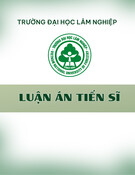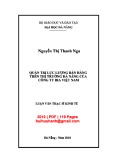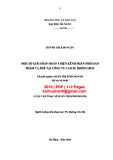
iv
3.2 Pilot study ....................................................................................................... 71
3.2.1 Design questionnaire ................................................................................ 71
3.2.2 Cronbach’s Alpha testing ......................................................................... 73
3.3 Ethics in primary research .............................................................................. 83
3.3.1 The core principles of research ethics ...................................................... 83
3.3.2 The practices of research ethics ............................................................... 84
3.3.2.1 Research design ........................................................................................ 84
3.3.2.2 Research method ...................................................................................... 84
3.3.2.3 Incentives ................................................................................................. 85
3.3.2.4 Data collection.......................................................................................... 85
3.4 The main study ................................................................................................ 85
3.4.1 Sampling method...................................................................................... 85
3.4.2 Sample size ............................................................................................... 86
3.4.3 Participants and data collection ................................................................ 87
3.4.4 The quality of the research model ............................................................ 89
3.4.5 PLS-SEM ................................................................................................. 90
CHAPTER 4. DATA ANALYSIS, RESULTS, AND DISCUSSIONS .................... 100
4.1 Sample characteristics ................................................................................... 100
4.2 Descriptive statistics ..................................................................................... 102
4.3 Reliability and discriminant validity ............................................................. 104
4.3.1 First-order constructs ............................................................................. 105
4.3.2 Second-order constructs ......................................................................... 106
4.4 Common method bias ................................................................................... 113
4.5 Hypothesized model testing .......................................................................... 114
4.5.1 The repeated indicators approach ........................................................... 115































